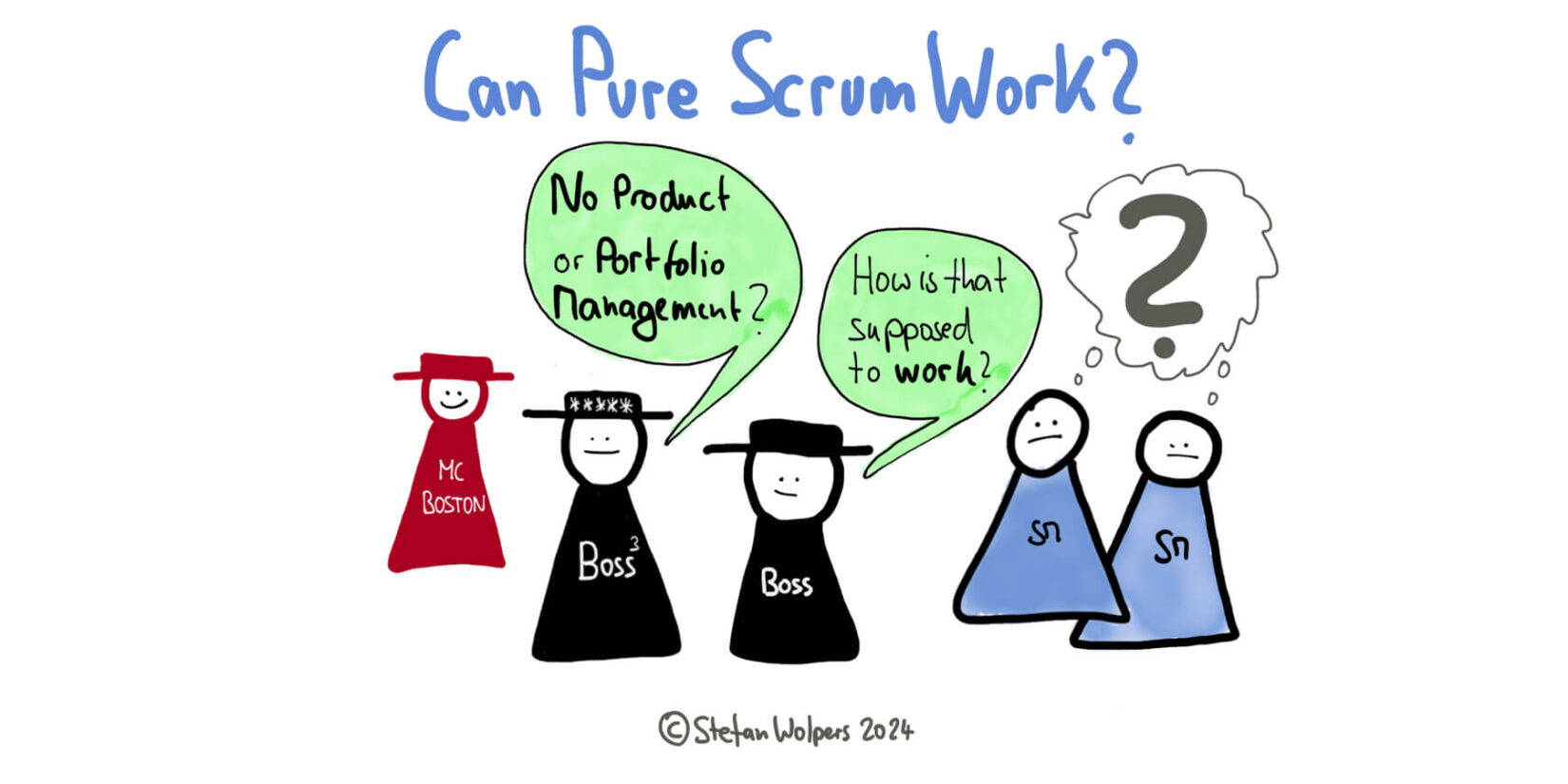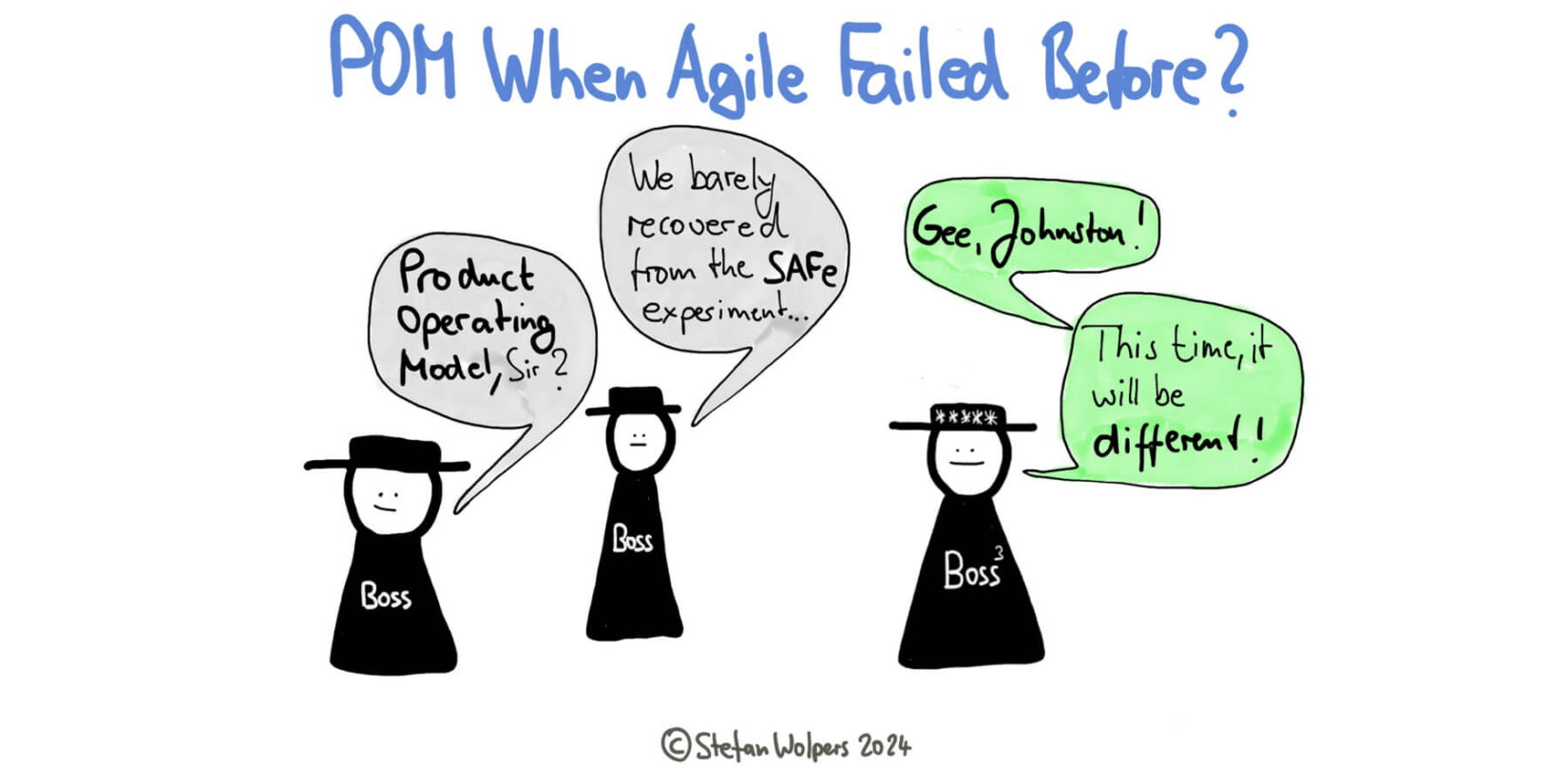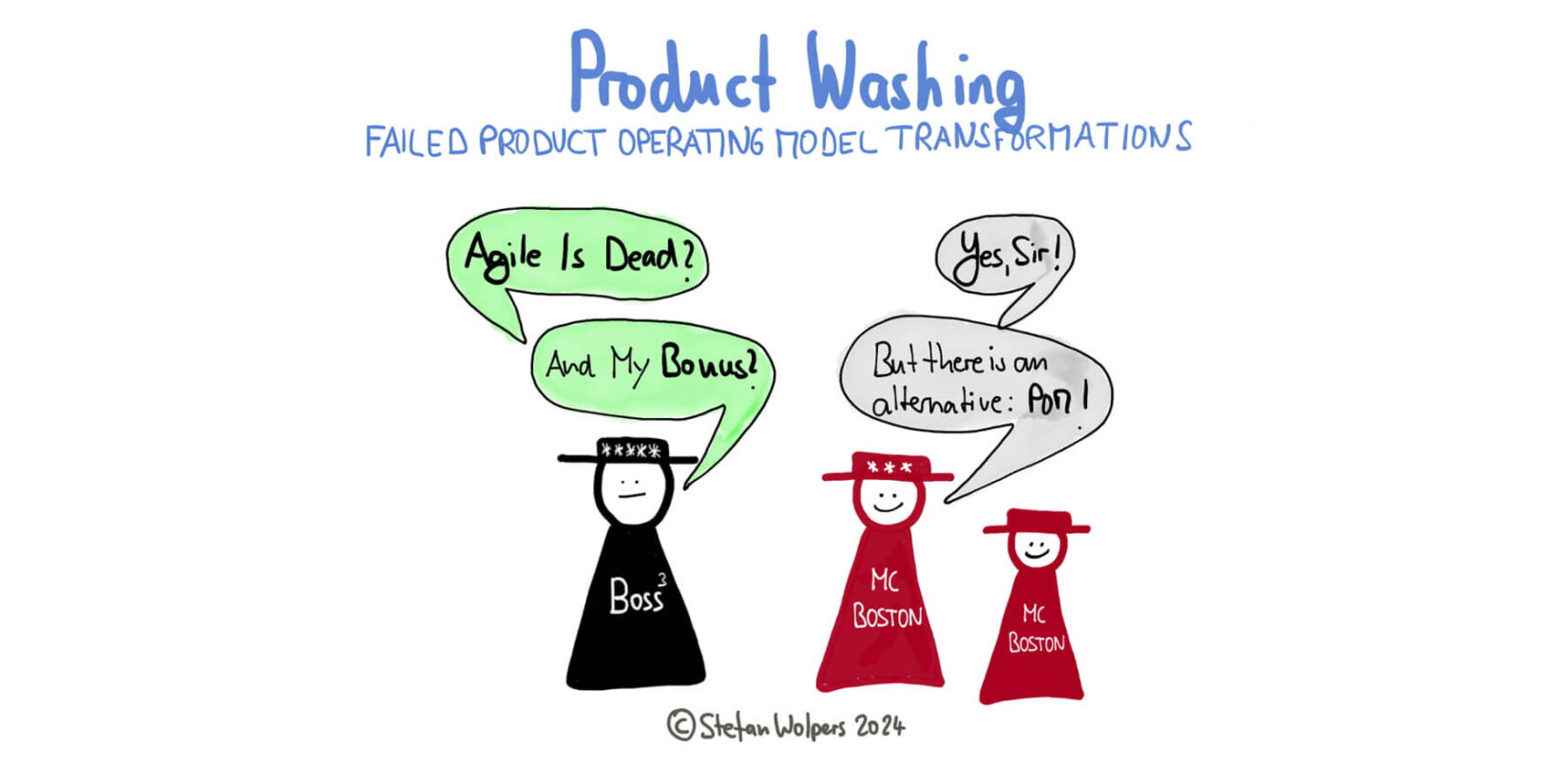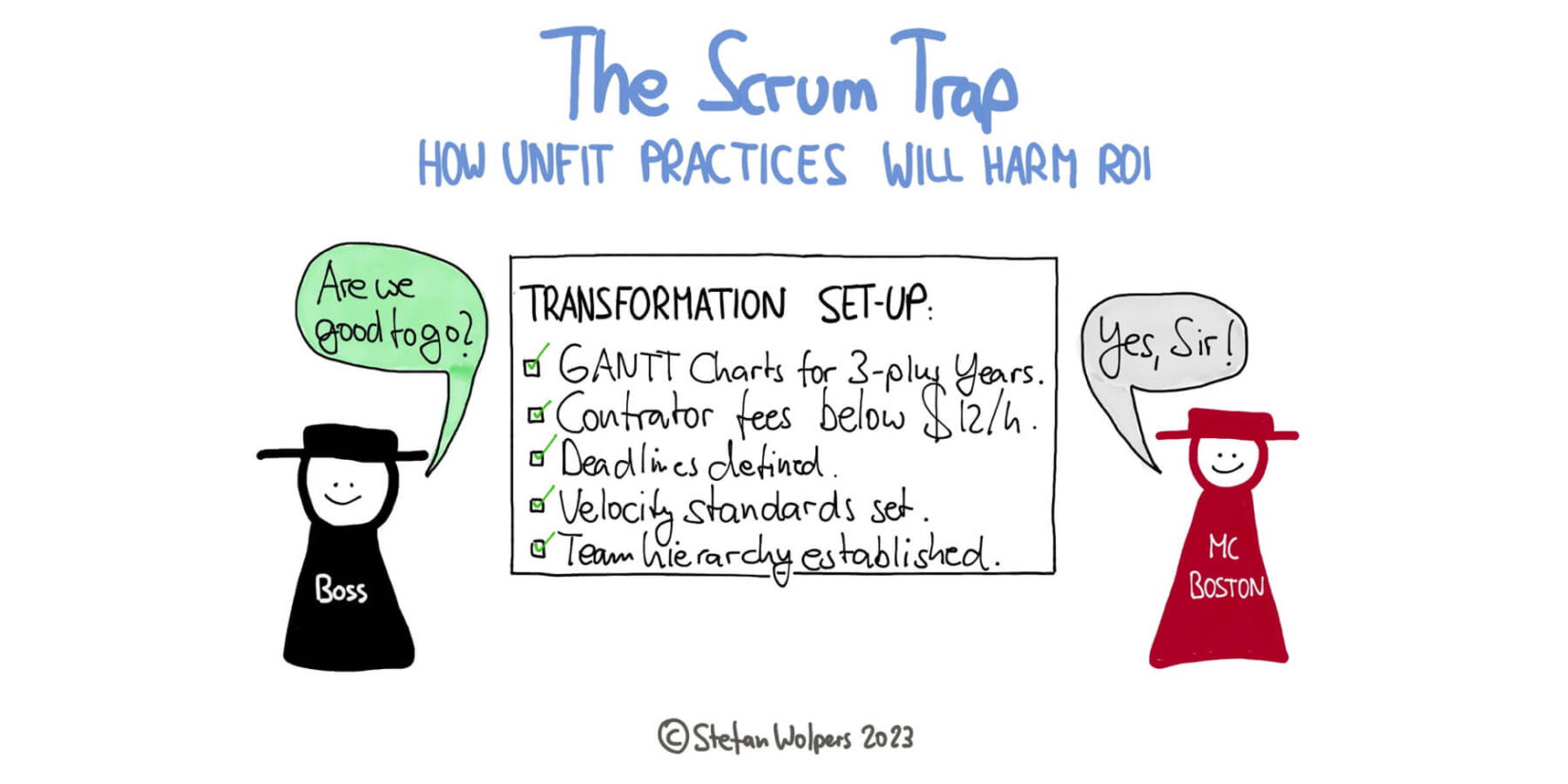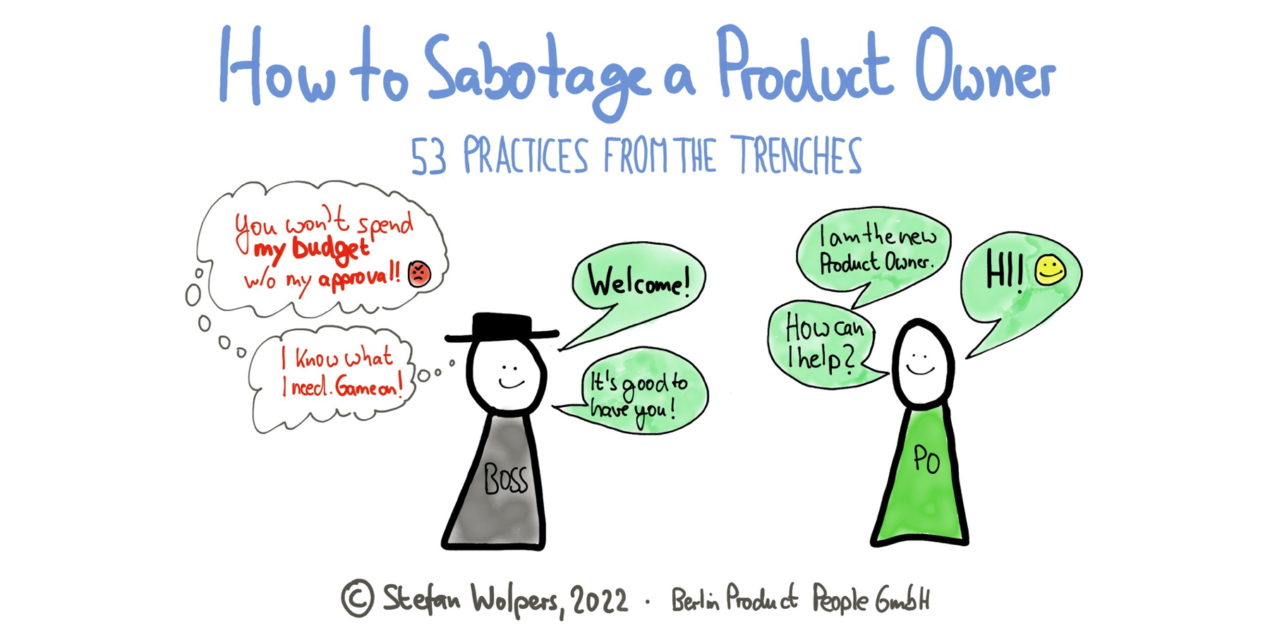TL; DR: Pure Scrum?
Can you rely on pure Scrum to transform your organization and deliver value? Not always. While Scrum excels in simplicity and flexibility, applying it “out of the box” often falls short in corporate contexts due to limitations in product discovery, scaling, and portfolio management.
This article explores the conditions under which pure Scrum thrives, the organizational DNA required to support it, and practical scenarios where it works best—along with a candid look at where it struggles. Discover whether pure Scrum is a realistic approach for your team and how thoughtful adaptation can unlock its true potential.
